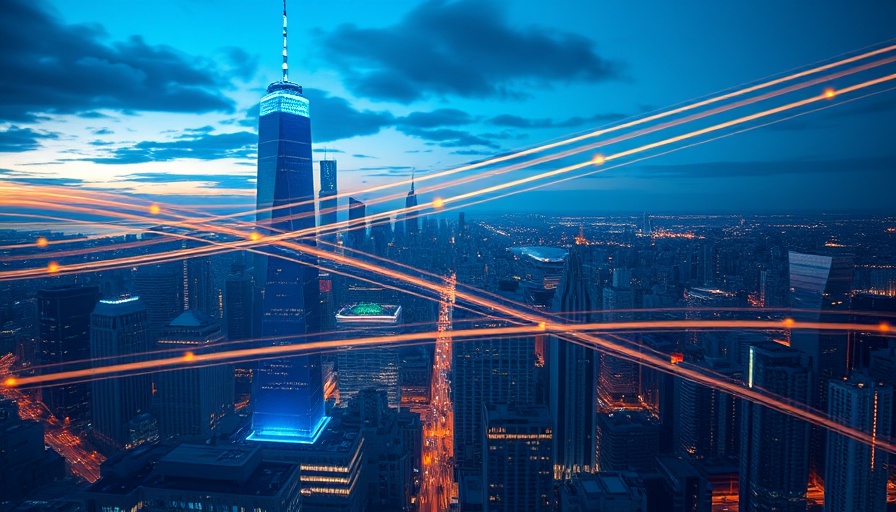
A New Era: The Rise of Multimodal Metropolises
Imagine walking through a city where artificial intelligence anticipates your every need before you even express it. Welcome to the era of Multimodal Metropolises, a transformative vision that goes beyond the traditional smart city model. This new approach to urban living harnesses the power of AI agents, deep reasoning technology, and real-time responsiveness to create dynamic environments tailored to human experiences.
Defining the Multimodal Metropolis
The concept of a smart city has long been associated with centralized data collection and Internet of Things (IoT)-driven optimization to enhance connectivity and efficiency. However, the evolution towards a Multimodal Metropolis signifies a paradigm shift. It combines physical and digital worlds to foster interaction, innovation, and community engagement.
Key Components: What Sets Multimodal Metropolises Apart?
At the heart of these advanced urban environments is the use of agentic AI systems designed to be responsive and adaptive. Unlike traditional smart city frameworks that focus primarily on sensor data, multimodal infrastructures prioritize the human experience. These systems utilize generative AI and deep reasoning AI to anticipate fluctuations in urban demands, enhancing the way we navigate our daily lives.
Transformative Technology at Work
In Multimodal Metropolises, AI agents play a significant role in the optimization of city life. From traffic management to energy consumption, these intelligent systems make real-time decisions based on current data, ensuring resources are efficiently allocated.
Furthermore, generative AI reimagines public transportation. Buses and trains can dynamically adjust schedules and routes in response to real-time population shifts, dramatically improving convenience for users. Autonomous vehicles supported by deep reasoning algorithms enhance mobility, offering solutions tailored to individual journeys.
A Glimpse into the Future: Sustainability and Accessibility
The future of our cities hinges on sustainability. Multimodal Metropolises integrate energy-efficient grids that learn from user habits, minimizing waste and maximizing sustainability efforts. This not only bolsters urban resilience but also ensures equitable access to energy and resources.
Moreover, urban spaces designed with human-centric principles prioritize the accessibility and engagement of their residents. From AR smart glasses providing navigation cues to spaces that shift their ambiance based on occupant behavior, the focus on human experience remains paramount.
Conclusion: Embracing a Multimodal Future
The transition to Multimodal Metropolises represents more than just a technological upgrade; it’s a holistic transformation in how we conceive urban living. The integration of agentic AI and deep reasoning allows us to build cities that not only serve but anticipate our needs. By prioritizing human experience, we cultivate vibrant communities ready for the future.
As urban residents and technology enthusiasts, your role in shaping this future is crucial. Stay informed, engage in community discussions, and advocate for smart urban planning that embraces these advancements. Together, we can pave the way to a more connected, efficient, and sustainable urban future.
 Add Row
Add Row  Add
Add 




 Add Row
Add Row  Add
Add 

Write A Comment